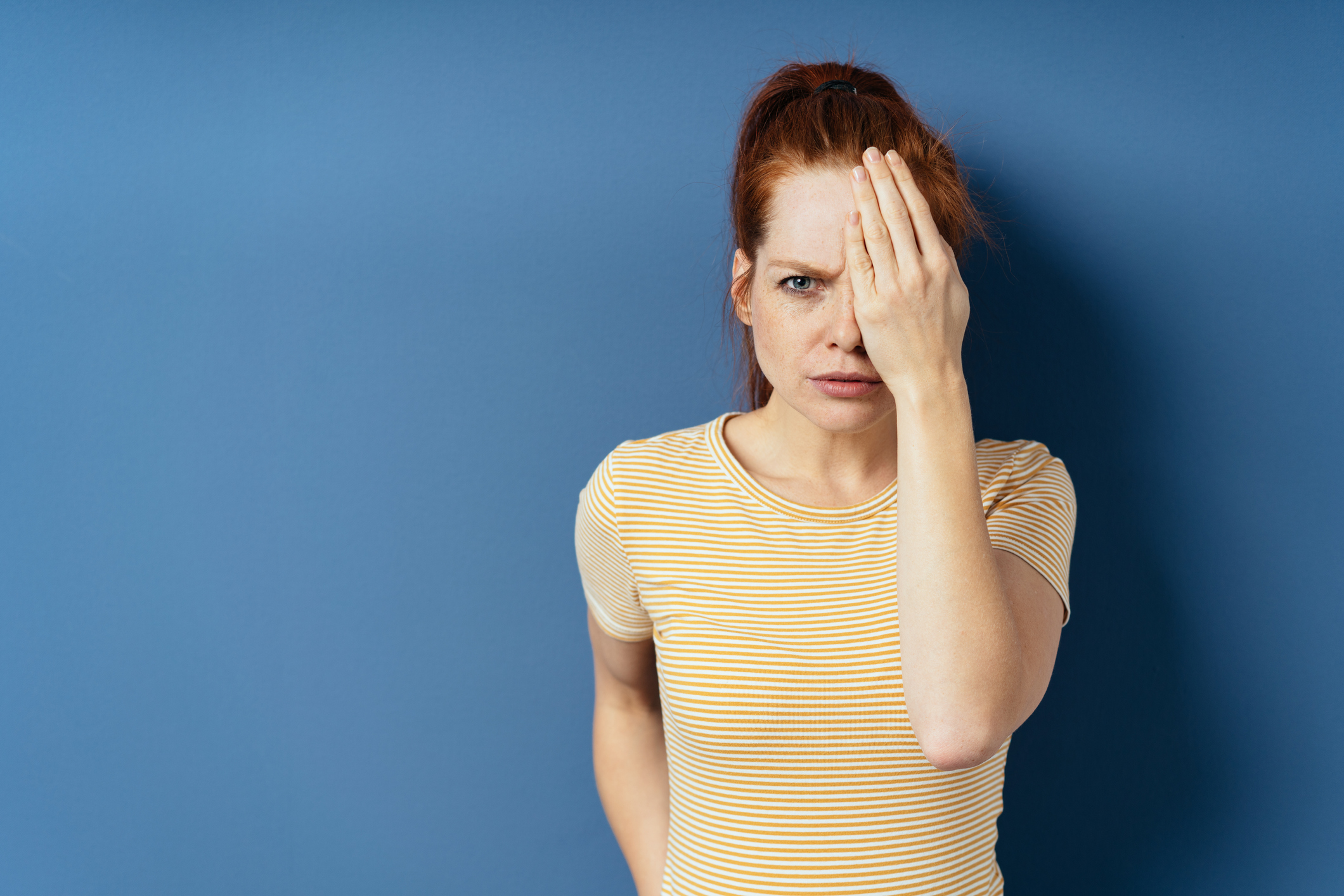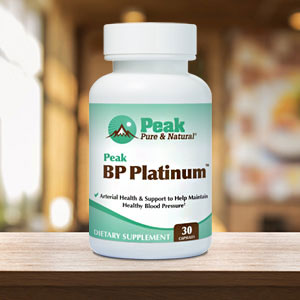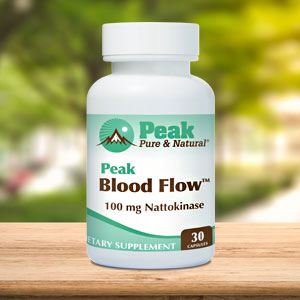Get Easy Health Digest™ in your inbox and don’t miss a thing when you subscribe today. Plus, get the free bonus report, Mother Nature’s Tips, Tricks and Remedies for Cholesterol, Blood Pressure & Blood Sugar as my way of saying welcome to the community!
Blinding condition on the rise post-COVID: What to watch for

We know by now that COVID-19 is a lot more than just a disease of the lungs.
It seems like every time we turn around, science has found another way that the virus wreaks havoc on the human body.
We’ve seen how it affects the brain, the heart and the kidneys, as well as its propensity for blood clots.
We’ve also seen how it can cause long-lasting and debilitating symptoms after the virus leaves the body — a condition that’s been coined “Long COVID.”
Now, there’s growing evidence another side effect may include a blinding condition…
Eye problems often follow a COVID infection
In November 2021, a literature review was presented at the annual meeting of the American Academy of Ophthalmology. It identified a long list of neurological conditions that affect the eye, and the retina, in particular, that could be related to COVID-19.
“We are entering a new era where discussion about eye side effects is important in COVID,” says review co-author Dr. Gloria Wu, a retina specialist at the University of California San Francisco.
“At first, we thought about conjunctivitis. Now, we are seeing long-COVID patients who are showing neuro-ophthalmic symptoms. I see a lot of patients who have had COVID and complain of headaches and a subtle inability to read for more than 15 minutes.”
As usual with COVID-19, it’s been hard to pin down any cause-and-effect relationship between the virus and these conditions. But that doesn’t change the fact that reports are coming in of patients with a range of neuro-optical conditions following a COVID-19 infection.
These include facial palsy, headache, optic neuritis (inflammation of the optic nerve), photophobia (eye discomfort in bright light), retinal hemorrhage, “cotton wool spots” (white, fluffy patches on the retina) and diabetic retinopathy.
This post-COVID eye condition can cause blindness
More recently, a troubling trend is being reported that could spell blindness for people recovering from COVID-19.
COVID infections may be boosting the number of cases of a rare condition known as retinal vein occlusion.
As the name suggests, this condition occurs when blockages slow or stop the flow of blood to the eye.
And while the number of people suffering this condition on the heels of a COVID infection remains relatively small, the fact that the risk goes up significantly during the six months following a COVID infection is disturbing.
“Although retinal vein occlusion remains an uncommon event after COVID-19 infection, these events can result in irreversible vision loss,” says Dr. Bobeck Modjtahedi, a vitreoretinal surgeon at Kaiser Permanente Southern California.
As for why the COVID virus leads to this rare condition, Dr. Modjtahedi notes that COVID-19 is known to induce blood clotting.
That’s why, at the first indication, you should seek prompt medical attention. If there is a clot, it can potentially break free and travel to the brain.
Signs of retinal vein occlusion include sudden blindness in one of your eyes or a sudden, complete blurring of eyesight in one eye. According to the Mayo Clinic, these symptoms may last a few seconds, minutes or remain.
The study authors also made note of other possible factors…
“Findings of this study suggest that there may be an increased risk for RVO after COVID-19 infection. This increased risk could be associated with secondary events, such as worsening control of systemic blood pressure or lack of physical activity.”
If you’ve had COVID and have high blood pressure, don’t lapse in what you do that helps you stay on top of it, including regular exercise. But, if you suffer from long COVID, you may need extra help regaining your activity levels.
In this article, my colleague, Dr. Adria Schmedthorst, provides a comprehensive list of alternatives that can help promote lower blood pressure levels if you need extra help.
Editor’s note: There are perfectly safe and natural ways to decrease your risk of blood clots including the 25-cent vitamin, the nutrient that acts as a natural blood thinner and the powerful herb that helps clear plaque. To discover these and other secrets of long-lived hearts, click here for Hushed Up Natural Heart Cures and Common Misconceptions of Popular Heart Treatments!
Sources:
Vision-Threatening Retinal Condition Linked to COVID-19 — Medpage Today
Changes in the Incidence of Retinal Vascular Occlusions After COVID-19 Diagnosis — JAMA Ophthalmology
COVID-19 Linked to Long List of Eye Abnormalities — Medpage Today














